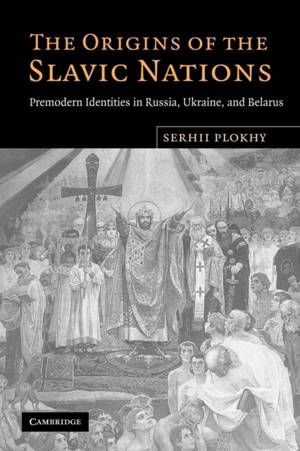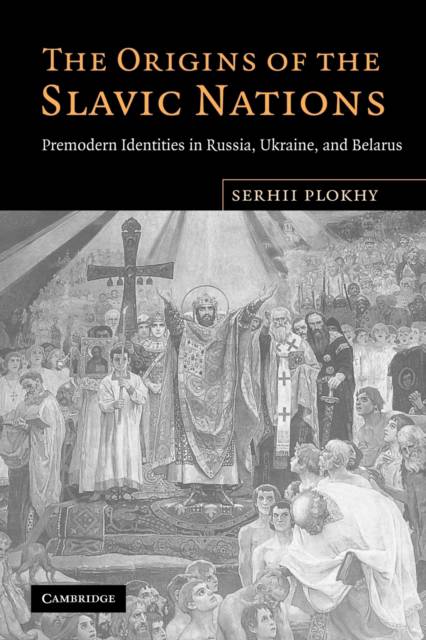
- Afhalen na 1 uur in een winkel met voorraad
- Gratis thuislevering in België vanaf € 30
- Ruim aanbod met 7 miljoen producten
- Afhalen na 1 uur in een winkel met voorraad
- Gratis thuislevering in België vanaf € 30
- Ruim aanbod met 7 miljoen producten
Zoeken
The Origins of the Slavic Nations
Premodern Identities in Russia, Ukraine, and Belarus
Serhii Plokhy
Paperback | Engels
€ 48,95
+ 97 punten
Uitvoering
Omschrijving
This book documents developments in the countries of eastern Europe, including the rise of authoritarian tendencies in Russia and Belarus, as well as the victory of the democratic 'Orange Revolution' in Ukraine, and poses important questions about the origins of the East Slavic nations and the essential similarities or differences between their cultures. It traces the origins of the modern Russian, Ukrainian and Belarusian nations by focusing on pre-modern forms of group identity among the Eastern Slavs. It also challenges attempts to 'nationalize' the Rus' past on behalf of existing national projects, laying the groundwork for understanding of the pre-modern history of Russia, Ukraine and Belarus. The book covers the period from the Christianization of Kyivan Rus' in the tenth century to the reign of Peter I and his eighteenth-century successors, by which time the idea of nationalism had begun to influence the thinking of East Slavic elites.
Specificaties
Betrokkenen
- Auteur(s):
- Uitgeverij:
Inhoud
- Aantal bladzijden:
- 400
- Taal:
- Engels
Eigenschappen
- Productcode (EAN):
- 9780521155113
- Verschijningsdatum:
- 19/08/2010
- Uitvoering:
- Paperback
- Formaat:
- Trade paperback (VS)
- Afmetingen:
- 152 mm x 229 mm
- Gewicht:
- 585 g

Alleen bij Standaard Boekhandel
+ 97 punten op je klantenkaart van Standaard Boekhandel
Beoordelingen
We publiceren alleen reviews die voldoen aan de voorwaarden voor reviews. Bekijk onze voorwaarden voor reviews.











